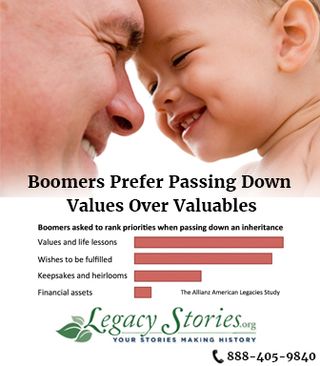As the Lawyers with Purpose attorney trainer, I am often asked by transitioning attorneys or new members how I can justify helping people shelter money so that they could possibly one day receive Medicaid benefits, while still having funds available in trust. I often think as I respond, how could you not?
The Medicaid program was established in 1965. The original purpose of the program was to provide needed care for the indigent. In a 2011 House hearing on “Abuses of Medicaid Eligibility Rules,” Rep. Trey Gowdy argued that the extremely wealthy should not be on Medicaid. Medicaid is a program to alleviate impoverishment, so certainly this argument makes sense. One thing both Donald Trump and Hillary Clinton have in common is that neither should be in our offices asking how to get Medicaid benefits for long-term care.
 But Rep. Gowdy went a step further, stating that “Income and asset tests are easy to circumvent and abuse. In fact, a cottage industry has arisen seeking to educate the wealthy on how to transfer or hide assets so taxpayers can pay for their long-term care.” When I read Mr. Gowdy’s quote, certainly I was not shocked. We, as a “cottage industry” of elder care attorneys, have already been pinned “pension poachers” by the Department of Veteran’s Affairs. So, it is not a stretch to hear that we are also being labeled in this way, even though we never break or abuse a law and certainly never ask our clients to do so.
But Rep. Gowdy went a step further, stating that “Income and asset tests are easy to circumvent and abuse. In fact, a cottage industry has arisen seeking to educate the wealthy on how to transfer or hide assets so taxpayers can pay for their long-term care.” When I read Mr. Gowdy’s quote, certainly I was not shocked. We, as a “cottage industry” of elder care attorneys, have already been pinned “pension poachers” by the Department of Veteran’s Affairs. So, it is not a stretch to hear that we are also being labeled in this way, even though we never break or abuse a law and certainly never ask our clients to do so.
I would like to ask Mr. Gowdy, and all of those who paint us with the broad brush stroke of system abusers, if they actually have any idea who our typical clients are. I suspect that they do not. Because the reality is that very few multi-millionaires come into our offices seeking Medicaid benefits. No, they come in for tax planning, they come in for asset protection and they come in for family trust planning. The people who come through our doors because a spouse has just entered the nursing home and they have been asked to deplete their $250,000 in savings to pay $8,000 a month for care are not these “millionaires.” They are the hard-working, tax-paying middle class. And they are frightened, they are nervous and they know that they are quickly becoming the indigent.
Currently, long-term care beneficiaries represent about 7 percent of the Medicaid recipient population. However, they absorb about 19 percent of the Medicaid funds. Why? Because long-term care is astronomically expensive and there is no other public program available to help with the expense. It is also believed that the average pre-plan for couples who plan over five years prior to institutionalization is saving the married client between $240,000 and $750,000. These numbers decrease by over half when we look at crisis cases. When asking why they pre-planned for Medicaid eligibility, below are the answers I received from former clients.
From a former school teacher married to a Vietnam veteran: “My husband has dementia. He could be sick for a long time and I am only 68 years old.”
From a widow with an adult disabled child in her home: “My daughter has special needs and is wheelchair-bound and I need to have the money left over to care for her for the rest of her life.”
From a retired doctor and his wife, a teacher: “I paid taxes all my life and I continue to pay all that is required of me. I also donate time and money to those in need. My children work hard and I do not want to be a burden on them.”
From an auto mechanic with Parkinson’s and his wife, a retired bus driver: “My neighbor lost everything they worked for. I don’t want to die having lost everything I worked for my wife to have when she is alone.”
It is also worth noting that the “Abuses of Medicaid Eligibility Rules” hearing never grew into any proposed law changes. This is most likely because the officials from the state Medicaid agencies and the nursing care industry who were brought in to speak before the committee painted a completely different portrait of the “system abusers.” They told the stories that they see every day. They spoke of the middle class – scared, desperate, and struggling to pay for care – and the attorneys who help them manage the legalities of a complex system. They spoke of the reality, not the myth.
If you haven't registered for the June Tri-Annual Practice Enhancement Retreat we're filling up fast and Early Bird pricing expires soon! Don't miss THE estate and elder law event not to be missed! Click here to register now and reserve your spot!
Kimberly M. Brannon, Esq., Legal Technical & Software Trainer – Lawyers With Purpose










